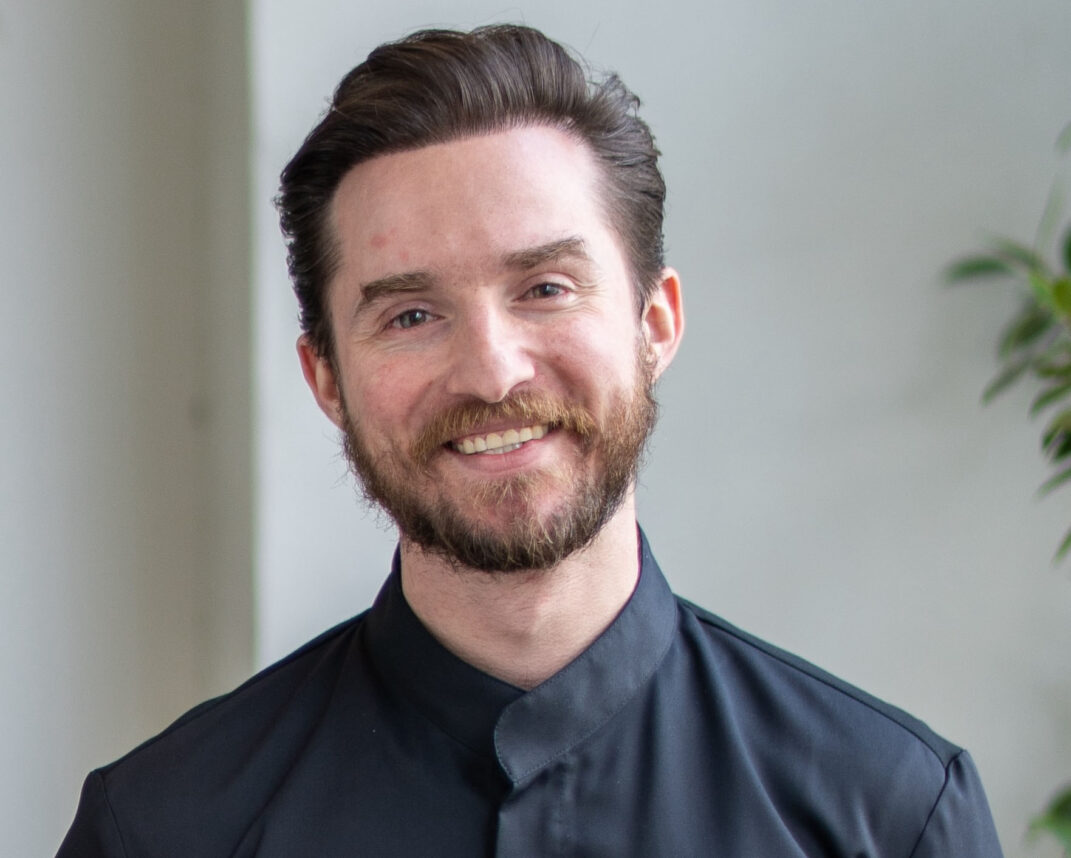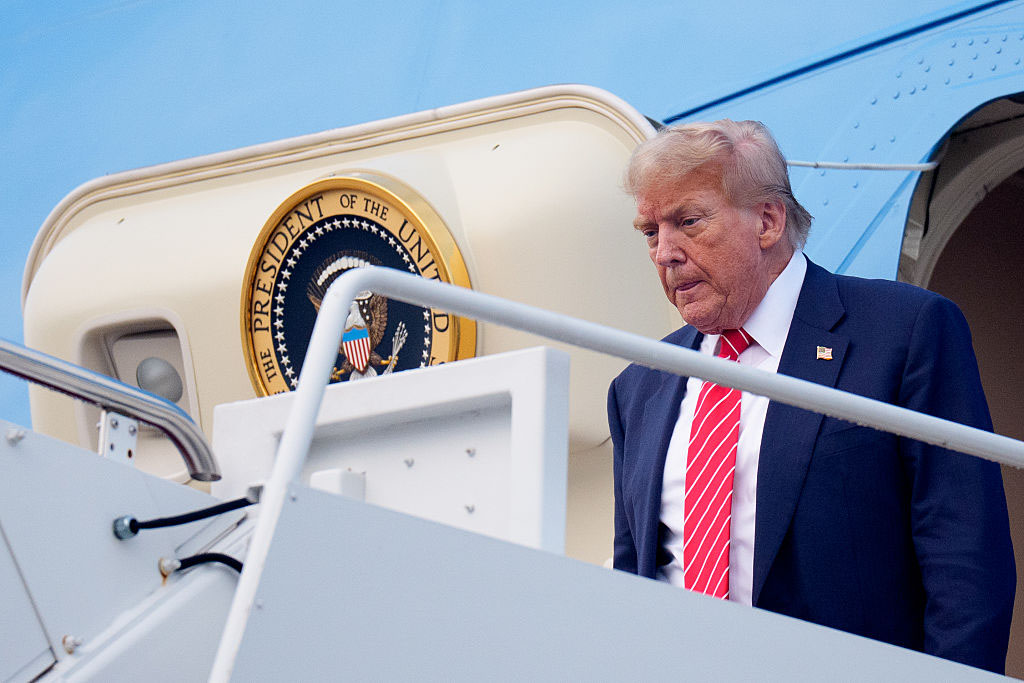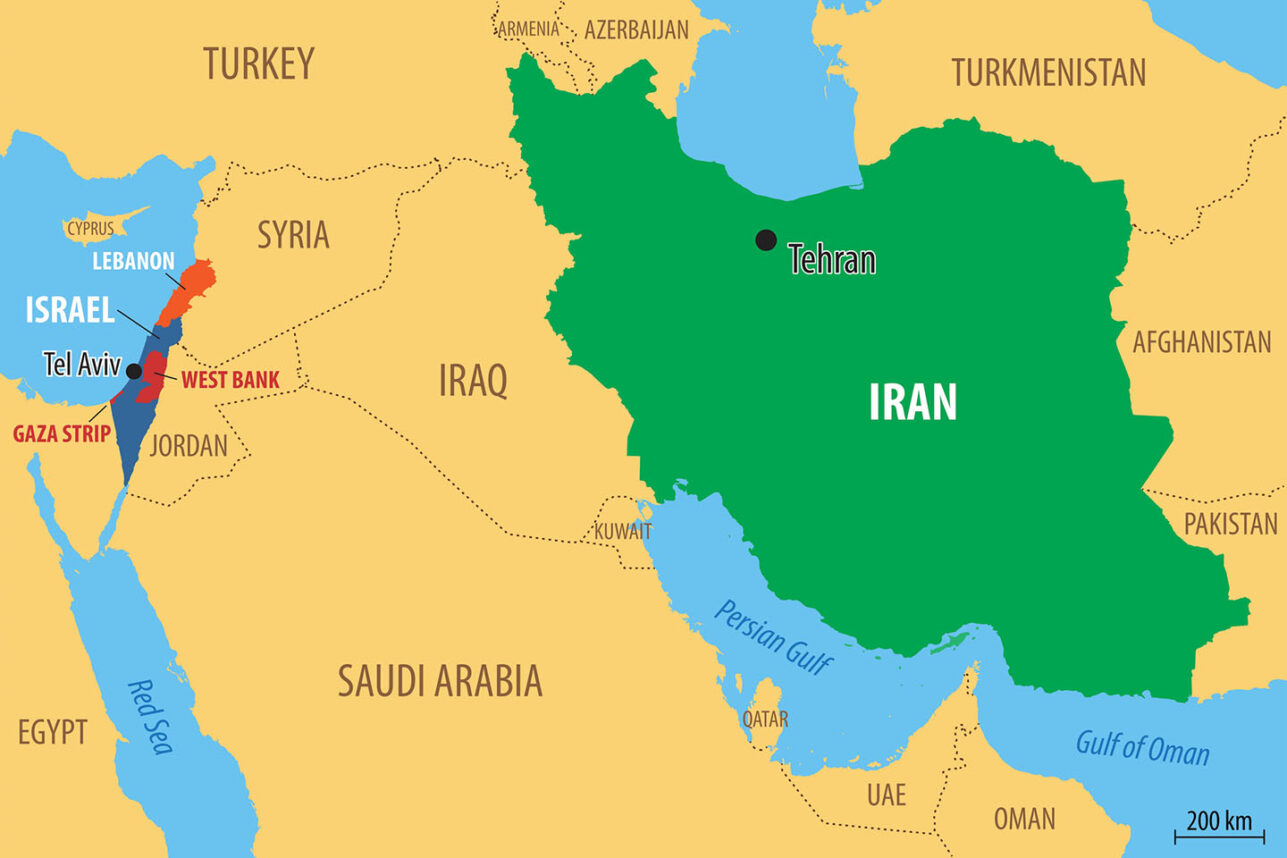
When Rabbi Yaakov Horowitz, now of Lawrence, New York, was growing up in West Hollywood, he was struck by a memorable oddity in congregations where he prayed.
“I met Jews from all kinds of little towns across the United States,” said Horowitz. “Their families had been religious for many years, while they lived in unlikely places such as Montana and the Southwest. Many were Sabbath observant and kosher observant. They had lived through tough, colorful eras, like the Gold Rush, like the Revolutionary War. They told astounding stories.”
Enter Horowitz.
Embracing the religious commitments of his own family, Horowitz became a Hasidic rabbi with broad interests.
Rich in historic photos, sketches and ample text across 106 colorfully packed pages, Horowitz has created one of this year’s most original Haggadahs.
For decades, he has been drawn to American history, focusing on the little-known roles played by what he calls American Traditional (practicing) Jews. And now he has organized and published his findings, culled from 350 years of American history, in a new Haggadah: “The American Jewish Legacy Passover Haggadah.” Rich in historic photos, sketches and ample text across 106 colorfully packed pages, it’s a unique Haggadah.
 In addition to an essay called “How Matzo Became Square,” Horowitz asks Haggadah readers if they know interesting facts, such as how soldiers from the Confederate and Union armies celebrated Passover Seders with matzo and Haggadahs on the battlefield. He tells how Jewish homesteaders on the prairie in the 1800s made their kitchens kosher in preparation for the Passover holiday and that during the California Gold Rush, San Francisco had a number of matzo bakeries.
In addition to an essay called “How Matzo Became Square,” Horowitz asks Haggadah readers if they know interesting facts, such as how soldiers from the Confederate and Union armies celebrated Passover Seders with matzo and Haggadahs on the battlefield. He tells how Jewish homesteaders on the prairie in the 1800s made their kitchens kosher in preparation for the Passover holiday and that during the California Gold Rush, San Francisco had a number of matzo bakeries.
The Horowitz Haggadah relates a story from the San Francisco-based Daily Alta California newspaper about Steamer Day and Yom Kippur.
When, after a long, torturous journey, ships bearing goods from the East Coast arrived in the Bay Area, it was called Steamer Day, and sparked community-wide celebrations. In September 1866, when Steamer Day coincided with Yom Kippur, the Daily Alta headline read: “Steamer Day Postponed on Day of Atonement.”
According to the Alta story, “The remnants of God’s chosen people, the children of Israel, bow their heads to the ground to-day, in sorrow and humiliation, for it is with them the most solemn of holidays ordained in the Pentateuch … The Jewish portion of the citizens of California constitutes a very important element of our inhabitants, more than would be generally believed.”
“I put a question to a prominent historian,” Horowitz told the Journal. Why is so little known (or so little published) about the presence and roles played by practicing U.S. Jews in American History?
“Nobody has gathered information specifically on what it meant to be kosher in the Gold Rush, and there is a reason for this,” Horowitz said. “Among the overwhelming majority of well-known historians, their knowledge of a lot of Traditional Judaism was incomplete.”
“The whole premise of it is the Festival of Freedom in the Land of the Free. Passover is referred to biblically as the time when we became free, and the United States was and is proud to be known as the Land of the Free.” – Rabbi Yaakov Horowitz
Horowitz said his Haggadah is unique because “the whole premise of it is the Festival of Freedom in the Land of the Free. Passover is referred to biblically as the time when we became free, and the United States was and is proud to be known as the Land of the Free.”
Horowitz has led a Hasidic congregation in Lawrence for 30 years, but this has not kept him from other undertakings.
In 1998, in the midst of a 27-year run as the Orthodox Union’s lead kashrut overseer at the gigantic B. Manischewitz Food Co., he launched a national organization, the American Jewish Legacy (AJL). This Haggadah is one of its major accomplishments.
Horowitz’s driving purpose was to document participation of American Traditional Jews, meaning practicing Jews, since 1653. “I feel strongly that this is a great vehicle to combat antisemitism,” he said. “The majority of non-Jews in the United States are unaware of the critical role that Traditional Jews played. All Jews helped, but the fact that this has been going on for hundreds of years in the United States, and it was critical to the evolution of American commerce and culture, make it a story that needs to be told.”


































 More news and opinions than at a Shabbat dinner, right in your inbox.
More news and opinions than at a Shabbat dinner, right in your inbox.